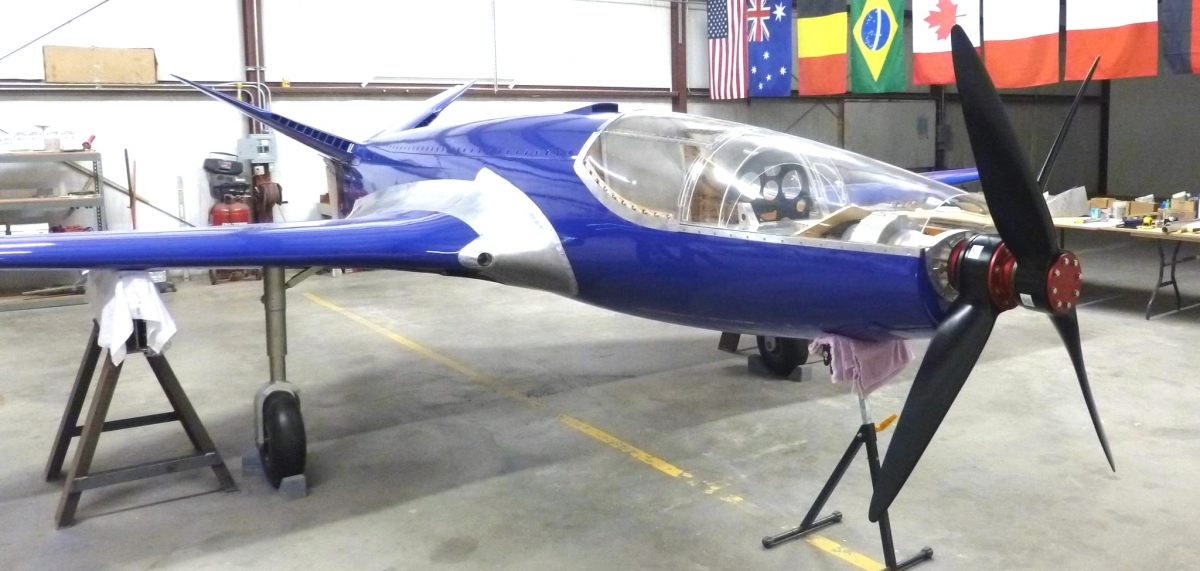-
1
- #1
drawoh
Mechanical
- Oct 1, 2002
- 8,956
This is an interesting pieces on Slashdot, although it and the links are wildly inaccurate about a lot of the stuff.
Bugatti 100P Rebuilt: The Plane That Could've Turned the Battle of Britain.
--
JHG

![[wink] [wink] [wink]](/data/assets/smilies/wink.gif)
